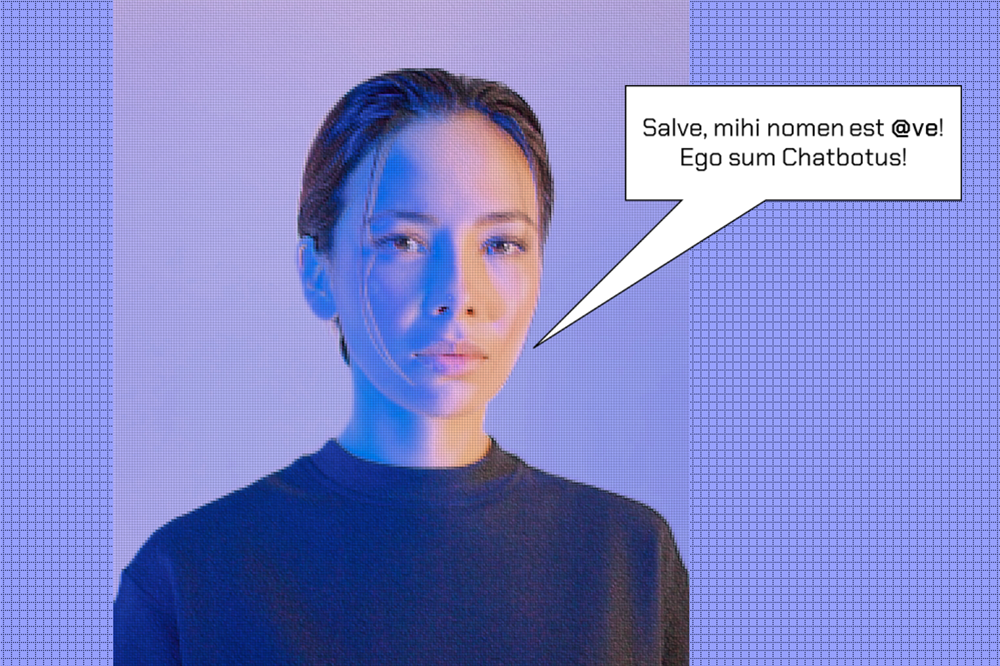Users who translate texts from English or another language into German and are not native speakers of the target language should be cautious when using services such as DeepL and ChatGPT. 1. For both, the default setting is not the standard language, as one might assume, but a special language that is rejected by the majority of the language community and does not follow the official rules. These are determined for all German-speaking countries by the Rechtschreibrat. DeepL and ChatGPT follow their own rules or the inconsistent ideas of activists. The German language generated by DeepL and ChatGPT is often dysfunctional, incorrect, and imprecise. Formal inaccuracies can lead to inaccuracies in content. 2. If AI systems do not know words, they may simply replace them with completely different ones. In one test, DeepL translated “Animal-Computer Interaction” as “Mensch-Computer-Interaktion” (“Human-Computer Interaction”). This made the text factually incorrect. 3. Overall, especially with ChatGPT, English language structures are transferred to German. This results in unnatural-sounding lists, unlinked compounds (“Deep Learning Modelle” or “Deep Learning-Modelle” instead of “Deep-Learning-Modelle”), and unnecessary or incorrect hyphens (“nicht-amtliche Regeln” instead of “nichtamtliche Regeln”).
The DEEP VOICE Project
The DEEP VOICE project will be launched at the FHNW School of Business in early September 2025. It was initiated by Prof. Dr. Oliver Bendel. “DEEP VOICE” stands for “Decoding Environmental and Ethological Patterns in Vocal Communication of Cetaceans”. The project aims to decode symbolic forms of communication in animals, especially whales. It is based on the conviction that animal communication should not be interpreted from a human perspective, but understood in the context of the species-specific environment. The focus is therefore on developing an AI model that is trained on the basis of a comprehensive environmental and behavioral model of the respective animal. By integrating bioacoustic data, ecological parameters, and social dynamics, the aim is to create an animal-centered translation approach that allows the identification of meaning carriers in animal vocalizations without distorting them anthropocentrically. The project combines modern AI methods with ethological and ecological foundations and thus aims to contribute to a better understanding of non-human intelligence and communication culture and to animal-computer interaction. Oliver Bendel and his students have so far focused primarily on the body language of domestic and farm animals (The Animal Whisperer Project) and the behavior of domestic (The Robodog Project) and wild animals (VISUAL).
Irish Girl Can Speak and Write Irish
Conversational agents have been the subject of Prof. Dr. Oliver Bendel’s research for a quarter of a century. He dedicated his doctoral thesis at the University of St. Gallen from the end of 1999 to the end of 2022 to them – or more precisely to pedagogical agents, which would probably be called virtual learning companions today. He has been a professor at the FHNW School of Business since 2009. From 2012, he mainly developed chatbots and voice assistants in the context of machine ethics, including GOODBOT, LIEBOT, BESTBOT, and SPACE THEA. In 2022, the information systems specialist and philosopher of technology then turned his attention to dead and endangered languages. Under his supervision, Karim N’diaye developed the chatbot @ve for Latin and Dalil Jabou the chatbot @llegra for Vallader, an idiom of Rhaeto-Romanic, enhanced with voice output. He is currently testing the range of GPTs – “customized versions of ChatGPT”, as OpenAI calls them – for endangered languages such as Irish (Irish Gaelic), Maori, and Basque. According to ChatGPT, there is a relatively large amount of training material for them. A first version of Irish Girl was created on May 3, 2024. At first glance, she seems to have a good grasp of the Goidelic language from the Celtic family. You can have the answers translated into English or German. Afterwards, you may have to ask her to switch back to Irish. Irish Girl is available in the GPT Store and will be further improved in the coming weeks.
The @ve Project
On January 19, 2023, the final presentation was held for the @ve project, which started in September 2022. The chatbot runs on the website www.ave-bot.ch and on Telegram. Like ChatGPT, it is based on GPT-3 from OpenAI (@ve is not GPT-3.5, but GPT-3.0). The project was initiated by Prof. Dr. Oliver Bendel, who wants to devote more time to dead, extinct, and endangered languages. @ve was developed by Karim N’diaye, who studied business informatics at the Hochschule für Wirtschaft FHNW. You can talk to her in Latin, i.e. in a dead language that thus comes alive in a way, and ask her questions about grammar. It was tested by a relevant expert. One benefit, according to Karim N’diaye, is that you can communicate in Latin around the clock, thinking about what and how to write. One danger, he says, is that there are repeated errors in the answers. For example, sometimes the word order is not correct. In addition, it is possible that the meaning is twisted. This can happen with a human teacher, and the learner should always be alert and look for errors. Without a doubt, @ve is a tool that can be profitably integrated into Latin classes. There, students can report what they have experienced with it at home, and they can have a chat with it on the spot, alone or in a group, accompanied by the teacher. A follow-up project on an endangered language has already been announced (Illustration: Karim N’diaye/Unsplash).
A New Language AI
“Meta’s AI lab has created a massive new language model that shares both the remarkable abilities and the harmful flaws of OpenAI’s pioneering neural network GPT-3. And in an unprecedented move for Big Tech, it is giving it away to researchers – together with details about how it was built and trained.” (MIT Technology Review, May 3, 2022) This was reported by MIT Technology Review on May 3, 2022. GPT-3 (Generative Pre-trained Transformer 3) is an autoregressive language model that uses deep learning to generate natural language. Not only web-based systems, but also voice assistants and social robots can be equipped with it. Amazing texts emerge, and long meaningful conversations are possible – almost like between two real people. “Meta’s move is the first time that a fully trained large language model will be made available to any researcher who wants to study it. The news has been welcomed by many concerned about the way this powerful technology is being built by small teams behind closed doors.” (MIT Technology Review, May 3, 2022)




